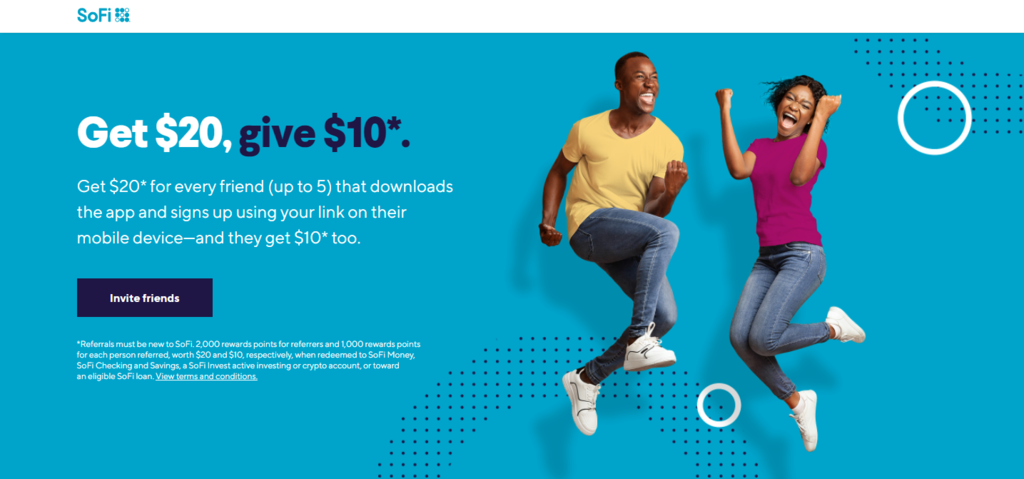
In today’s digital age, where consumers are bombarded with advertisements and marketing messages, word-of-mouth marketing remains a powerful and influential tool. People trust recommendations from friends, family, and acquaintances more than any other form of advertising. One effective way to leverage the power of word-of-mouth marketing is by creating customer referral programs. These programs incentivize and empower satisfied customers to spread the word about your products or services, generating new leads and driving business growth. In this article, we will explore the benefits and best practices of creating customer referral programs to encourage word-of-mouth marketing. From designing effective referral incentives to maximizing customer engagement, we will delve into the key strategies for implementing successful customer referral programs.
I. Understanding the Power of Word-of-Mouth Marketing

- Trust and Credibility: Word-of-mouth marketing is powerful because it relies on trust and credibility. When a customer refers your business to their network, it carries the weight of a personal endorsement, making it more likely to resonate with potential customers.
- Reach and Influence: Word-of-mouth marketing has the potential to reach a wider audience than traditional advertising methods. A satisfied customer can share their positive experience with multiple people, expanding your brand’s reach and influence.
II. Designing an Effective Referral Program
- Define Program Goals: Start by clarifying the objectives of your referral program. Is it to acquire new customers, increase sales, or raise brand awareness? Understanding your goals will help shape the structure and incentives of your program.
- Develop Clear Guidelines: Clearly define the eligibility criteria and referral process. Provide detailed instructions on how customers can refer others and ensure they understand the requirements to receive the referral rewards.
- Choose Incentives Wisely: Select incentives that align with your target audience’s preferences and motivations. It could be discounts, freebies, exclusive access, or loyalty points. The incentive should be enticing enough to encourage customers to participate in the program.
III. Promoting the Referral Program

- Effective Communication: Develop a comprehensive communication plan to promote your referral program. Utilize various channels such as email marketing, social media, and website banners to reach your existing customer base and create awareness about the program.
- Clear Messaging: Craft compelling and concise messages to explain the benefits of participating in the referral program. Highlight the rewards, the ease of referring others, and the positive impact customers can have on their friends’ lives by recommending your business.
- Personalized Outreach: Personalize your communication by addressing customers by name and tailoring the message based on their past purchases or preferences. This personal touch increases engagement and makes customers feel valued.
IV. Maximizing Customer Engagement
- Simplify the Referral Process: Make it easy for customers to refer others by providing simple and user-friendly referral mechanisms. This could be through personalized referral links, dedicated referral landing pages, or easy-to-use referral forms.
- Provide Social Sharing Options: Enable customers to share their referrals via social media platforms directly from your referral program interface. This simplifies the process and expands the reach of their recommendations.
- Reward Both Referrer and Referred: Consider offering incentives for both the referrer and the referred customer. This dual reward system creates a win-win situation and motivates both parties to participate in the program.
V. Tracking and Analyzing Referral Performance
- Establish Metrics: Define key performance indicators (KPIs) to measure the success of your referral program. Track metrics such as the number of referrals, conversion rates, customer acquisition costs, and lifetime value of referred customers.
- Monitor Referral Channels: Identify which channels or sources are driving the most referrals. This allows you to allocate resources effectively and focus your efforts on the most productive channels.
- Continuously Improve: Regularly analyze the data and customer feedback to identify areas for improvement. Implement enhancements to your referral program based on insights gained from monitoring and analysis.
In conclusion, creating a customer referral program can have significant benefits for your business, including:
- Increased brand reach and visibility through word-of-mouth marketing.
- Enhanced trust and credibility due to personal endorsements.
- Cost-effective customer acquisition by leveraging existing satisfied customers.
- Higher customer engagement and loyalty through personalized incentives.
- Measurable results and opportunities for continuous improvement.
Contact our Vietnam team today to discuss your business goals and let us collaborate to develop an effective referral program tailored to your target audience. We will provide guidance on program design, promotion, and tracking, ensuring that your referral program drives tangible results and contributes to your business growth.

Leave a Reply